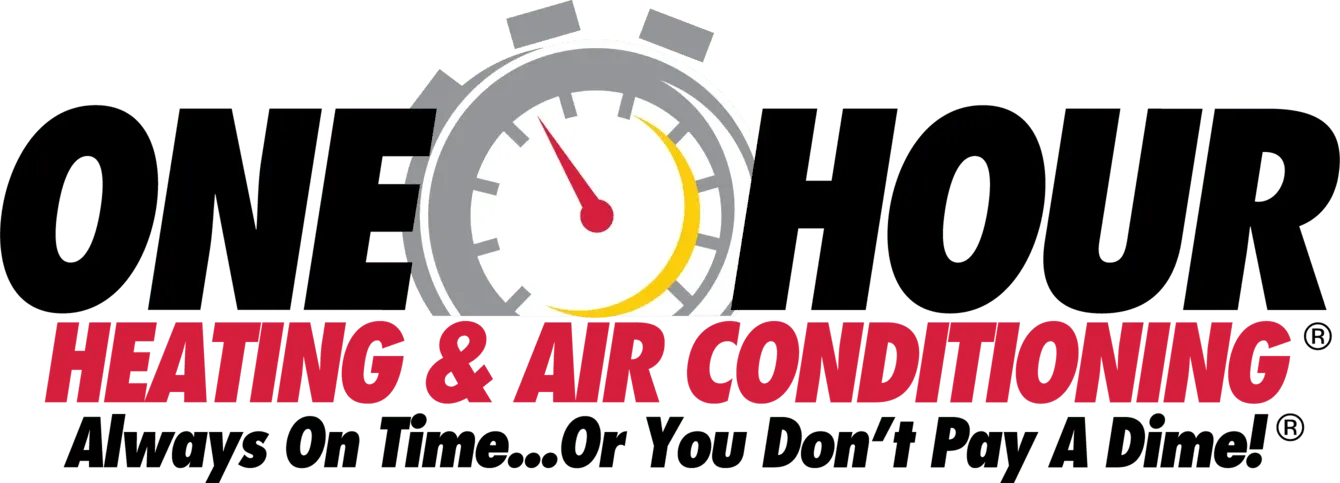AC Won’t Stop Running in Sierra Vista? Here's Why That’s a Problem
It's normal for your air conditioner to run longer during the hottest hours of the day. But when it never seems to shut off, even after the sun dips and the house feels cool, something's off. That constant hum might sound like it's working hard, but it could be wasting energy, or masking a problem that's only getting worse.
Why Is My AC Running All Day in Sierra Vista?
Your air conditioner may be working harder than necessary due to several common factors in this area. One of the biggest culprits is the fine dust that blows in during monsoon season. Even if you keep the windows closed, that dust still sneaks into your home and your HVAC system. Once it clogs the filter, air can't move through the system like it should. Over the next few weeks, a clogged system may take longer to respond to even minor temperature changes. Intense outdoor heat increases the cooling load, especially for systems already struggling with restricted airflow or poor insulation. If your ducts aren't sealed well or your insulation is thin, the cooled air escapes too quickly. The unit senses that the house is still warm and continues to cycle. When the AC doesn't stop, it's often fighting against both the environment and the house itself.
Can Constant AC Use Cause Breakdowns?
Air conditioners aren't designed to run without breaks. When yours is running all day without cycling off, the parts inside are wearing out faster than they should. That includes the compressor, fan motor, and the start-up components that handle each cooling cycle. A constant workload can lead to overheating, stress on wiring, and increased wear on belts and bearings. You might hear new rattling sounds or notice the air doesn't feel as cold as it used to. These are early signs that something inside is wearing down. If the unit is also pushing through a dirty filter or low refrigerant, this adds even more strain. Eventually, one part fails and takes others with it. Long cooling cycles without rest also increase humidity inside the unit. If the drain line becomes clogged, moisture can accumulate in areas where it’s not supposed to. You're not just losing comfort, you're shortening the life of the entire system.
How Can I Tell If My System Is Too Small for My Home?
If your AC never seems to shut off and your house still isn't cool, the system might not be the right size for your space. This happens more often than people think. You may have bought the house with the system already in place, or you've added on a room or converted a garage. Either way, if the AC wasn't updated to match the new square footage or insulation needs, it won't be able to keep up with the demands. You might notice one room gets all the airflow while others stay warm, or the whole house feels sticky no matter how long the system runs. Another sign is the thermostat climbing in the afternoon, even when the system has been on since morning. That tells you the AC is doing its best but losing the battle. If the unit runs all day and still can't reach the temperature you've set, it's time to discuss sizing.
Dusty Filters and Clogged Airflow Are a Local Problem
In this climate, dust accumulates more rapidly than in other places. Between dry heat, wind, and the mess that rolls in during monsoon season, your filter has to work harder to stay clear. Even a little buildup can block airflow and cause problems. Once airflow drops, the system has to stay on longer to move enough cool air to each room. Some rooms might feel fine, but others won't cool down. That uneven feeling is a sign that your system is out of balance. You might even hear the unit working harder or notice less air coming through the vents. Changing your filter every month during the dusty season can help, but if the buildup has already reached the ducts or blower, the problem won't go away with a new filter. Long run times that appear after a dust storm often begin with a simple clog and escalate into more significant performance issues.
Aging Homes Can Strain Newer Systems
If your house was built a few decades ago, your cooling system may be struggling with tasks it wasn't designed for. Older homes often have ductwork that leaks, insulation that has thinned out, or original window frames that allow heat to creep in. Even if your AC is newer, those problems make it harder for it to cool the house properly. The system ultimately runs longer to compensate for lost air and constant heat gain. You might notice certain rooms heat up faster than others, or that the temperature climbs as soon as the system turns off. Constant cycling can wear out the unit and increase your utility bills. If your home has changed, such as room additions, garage conversions, or outdated insulation, the AC system may not be keeping up with the current state of your house. That mismatch is a common reason for nonstop operation in older homes.
Improper Fan Settings Might Be Making It Worse
If your AC seems to run constantly, check the fan setting on your thermostat. If the fan is set to the “On” position, it will continue to blow air even when the system isn't actively cooling. That can feel like the AC is running all day, especially when the air from the vents feels lukewarm. A constantly running fan can also circulate warmer air from the ceiling or sunny areas, misleading the thermostat and triggering unnecessary cooling cycles. In some cases, the fan alone can undo the progress the system just made. This is a quick fix, but it's easy to overlook. If you've checked everything else and still notice long run times with no break in sight, switching your fan setting might help reduce the extra noise and wear without compromising your comfort.
Thermostat Issues Can Get in the Way
Sometimes the problem isn't with the AC unit itself, but with the instructions it's getting from your thermostat. If the thermostat is old, placed in a poor location, or starting to malfunction, it may send incorrect signals. It could continue to instruct the system to cool even when the room has already reached the desired temperature. Thermostats located near windows, lamps, or appliances often fail to reflect the actual room conditions accurately. You may also encounter wiring problems or calibration issues that cause the system to cycle too frequently or fail to shut off completely. If your home feels cool but the unit continues to run, try comparing the room temperature with a separate thermometer.
Stop That Nonstop AC Running Now
If your AC keeps running without a break, it's not just about comfort. Overuse can wear down your system, spike your power bill, and leave you dealing with repairs that could have been avoided. We also offer thermostat upgrades, ductwork inspections, and seasonal HVAC tune-ups. Take the time to listen to what your system's trying to tell you. If something doesn't sound right, schedule a checkup with One Hour Heating & Air Conditioning® and find out what's causing the noise.















